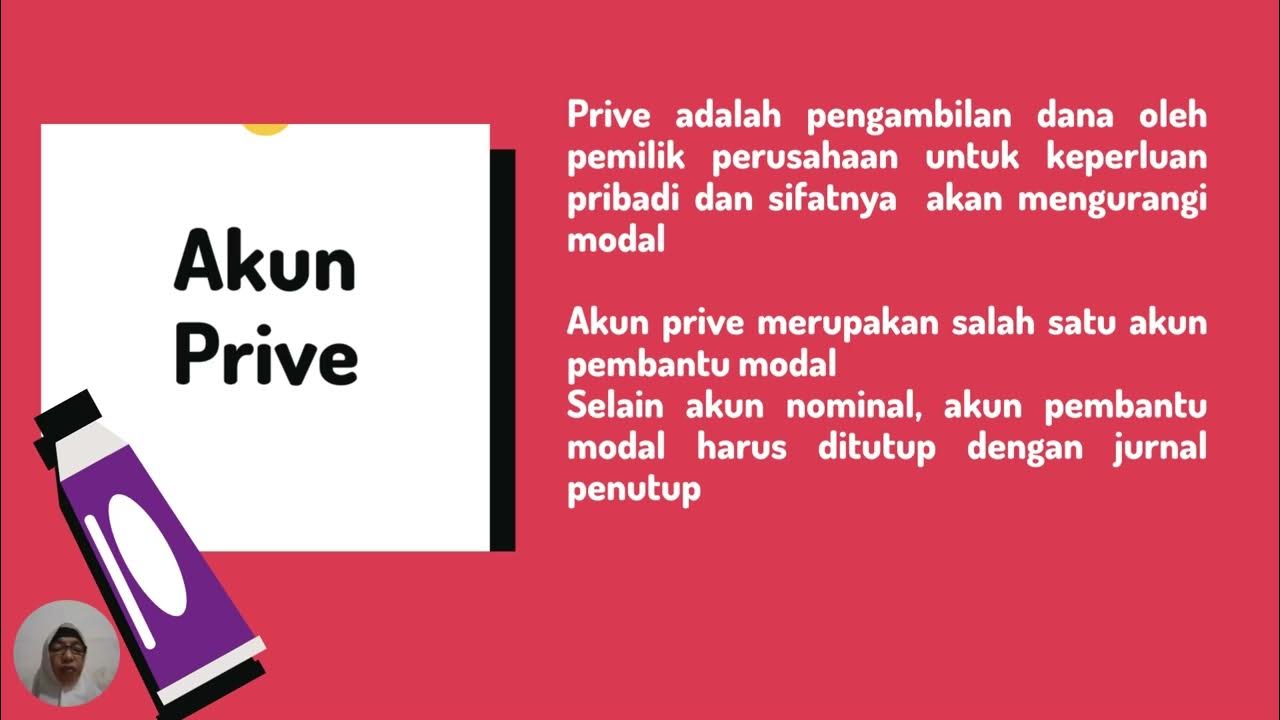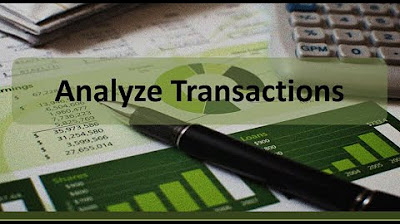CLOSING ENTRIES: Everything You Need To Know
Summary
TLDRIn this educational video, James teaches viewers how to post closing entries in accounting, detailing both a long and a short method. He explains the purpose of closing entries in resetting temporary accounts to zero and transferring balances to retained earnings. The video uses the example of a ride-sharing app, Unter, to illustrate the process step-by-step, from adjusting trial balances to creating financial statements, and finally posting closing entries to prepare for the next accounting period.
Takeaways
- 🔢 Closing entries are an essential part of the accounting cycle, occurring as the final step after financial statements are prepared.
- 🔄 They reset temporary accounts like revenue, expenses, and dividends to zero and transfer these balances to the retained earnings account.
- 📚 The acronym 'DEALER' helps remember which accounts are debit or credit, with 'RED ALE' (Revenue, Expenses, Dividends) being temporary accounts.
- 📈 Retained earnings, a permanent account, accumulates a company's profits for future use and is found on the balance sheet.
- 📋 A trial balance shows the current balances in every general ledger account and can be filtered to show only accounts with activity.
- 🚀 The video provides a detailed example using a fictional ride-sharing app company called 'Unter' to illustrate the process.
- 📉 The adjusted trial balance reflects a true and fair view of a company's financial position after all transactions for the year have been posted and adjusted.
- 💼 The long method of posting closing entries involves four steps, including transferring balances to an income summary account before moving to retained earnings.
- 🏁 The short method simplifies the process by clearing all temporary accounts directly to retained earnings in a single entry.
- 💡 Modern accounting software often automates the short method, making the process more efficient and less prone to errors.
- 🔄 The post-closing trial balance, which shows the state of accounts after closing entries are posted, serves as the opening trial balance for the next accounting period.
Q & A
What are closing entries in accounting?
-Closing entries are journal entries that reset temporary accounts to zero and transfer their balances into retained earnings, which is a permanent account held in a balance sheet.
Why are closing entries important?
-Closing entries are important because they help prepare the financial statements for the next accounting period by resetting temporary accounts and ensuring that the retained earnings account reflects the current period's profits or losses.
What is the accounting cycle and where do closing entries fit in?
-The accounting cycle consists of eight steps, with closing entries being the last step (step 8). They are posted at the end of each accounting period after financial statements have been created.
What is the difference between temporary and permanent accounts?
-Temporary accounts, such as revenue, expenses, and dividends, are reset to zero at the end of each accounting period. Permanent accounts, like assets, liabilities, and equity, carry their balances forward from one period to the next.
What does the acronym DEALER stand for and how does it help in accounting?
-DEALER stands for Dividends, Expenses, Assets, Liabilities, Equity, and Revenue. It helps in remembering which accounts are normally debit (DEAL) and which are normally credit (ER).
What is the RED ALE trick mentioned in the script?
-The RED ALE trick is a mnemonic to remember which accounts are temporary: Revenue, Expenses, and Dividends are temporary accounts, while Assets, Liabilities, and Equity are permanent accounts.
Can you explain the process of posting closing entries using the 'long way' as described in the script?
-The 'long way' involves four steps: 1) Clear revenue to the income summary account, 2) Clear expenses to the income summary account, 3) Transfer the balance in the income summary account to retained earnings, and 4) Clear the current year dividends straight to retained earnings.
How does the 'short way' of posting closing entries differ from the 'long way'?
-The 'short way' involves a single closing entry that clears all temporary accounts (revenue, expenses, and dividends) directly to retained earnings, instead of using the income summary account as an intermediary.
What is an income summary account and why is it used?
-An income summary account is a temporary account used during the closing process to accumulate the balances of revenue and expense accounts before transferring the net balance to retained earnings.
What is a trial balance and how does it change after posting closing entries?
-A trial balance is an accounting report showing the current balances in every general ledger account. After posting closing entries, the trial balance will show all temporary accounts reset to zero and their balances transferred to retained earnings.
How does the process of posting closing entries affect the balance sheet and income statement?
-Posting closing entries affects the balance sheet by updating the retained earnings account with the net income or loss of the period. The income statement summarizes the performance over the period, showing revenue, expenses, and the resulting profit or loss.
Outlines

هذا القسم متوفر فقط للمشتركين. يرجى الترقية للوصول إلى هذه الميزة.
قم بالترقية الآنMindmap

هذا القسم متوفر فقط للمشتركين. يرجى الترقية للوصول إلى هذه الميزة.
قم بالترقية الآنKeywords

هذا القسم متوفر فقط للمشتركين. يرجى الترقية للوصول إلى هذه الميزة.
قم بالترقية الآنHighlights

هذا القسم متوفر فقط للمشتركين. يرجى الترقية للوصول إلى هذه الميزة.
قم بالترقية الآنTranscripts

هذا القسم متوفر فقط للمشتركين. يرجى الترقية للوصول إلى هذه الميزة.
قم بالترقية الآنتصفح المزيد من مقاطع الفيديو ذات الصلة

GENERAL LEDGER: Visual Guide to Posting Journals

Neng Ida Soniawati–Ekonomi XII-SMAN 1 Babakan Madang-Jurnal Penutup & Pembalik – Nov2022#pgtkjabar

Accounting Cycle Step 1: Analyze Transactions

Jurnal Penutup, Buku besar setelah penutupan, Neraca saldo setelah penutupan | PART 3

Prepayments and Accruals | Adjusting Entries

Estágio Prática Contábil: MPM
5.0 / 5 (0 votes)
